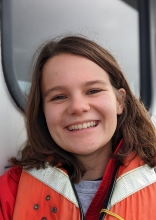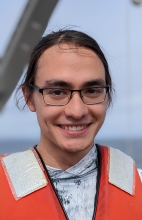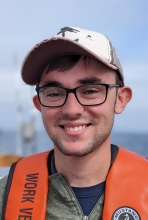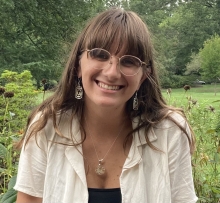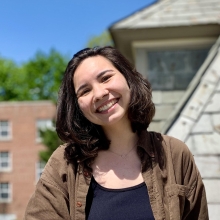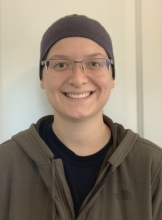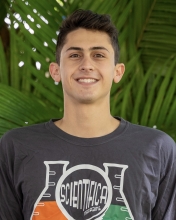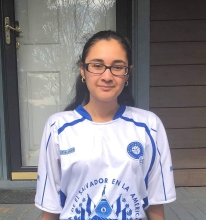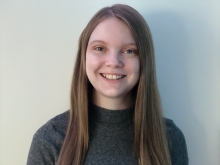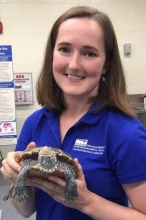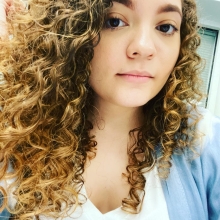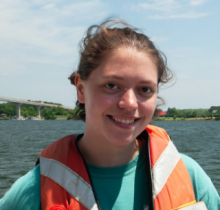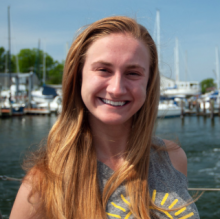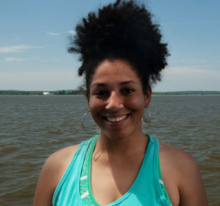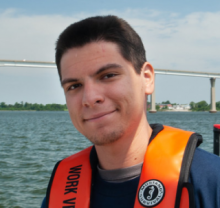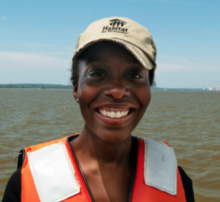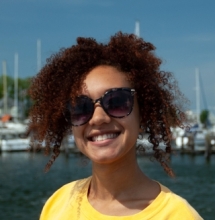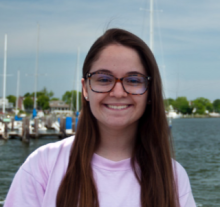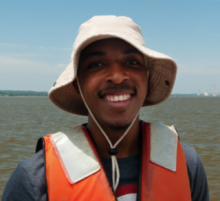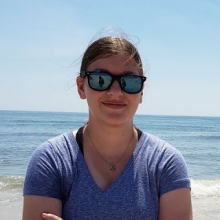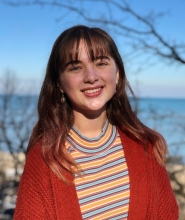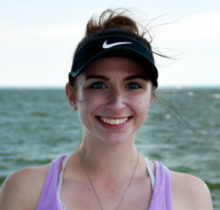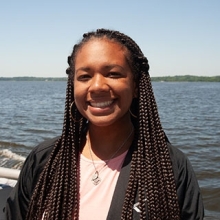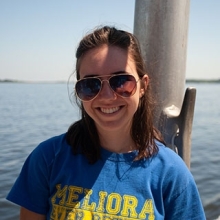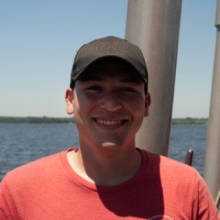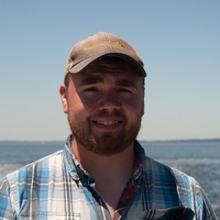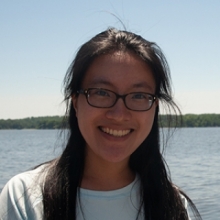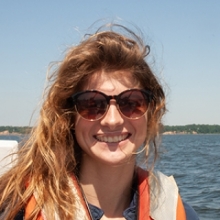Eight students will be presenting the summer work at the Ocean Sciences Meeting in March 2022!
Students Research Presentations: Mercury and carbon linkages in macroalgae Sargassum mats: Coastal stranding leads to degradation, shifts in dissolved organic matter composition and mercury methylation
Year:
2018Authors:
Heyes, A., L. Powers, K. Leonzo*, J. Alvarez, M. GonsiorSource:
American Geophysical Union Fall Meeting, Washington, District of Columbia
Abstract:
Sargassum is a free floating macroalgae with a complex life cycle, believed to involve circulating between the Gulf of Mexico and the Sargasso Sea. It provides the structure for an important aquatic habitat but its recent appearance on the shores of some Caribbean Islands such as Puerto Rico, have demonstrated its potential to be a nuisance. Washing up in large quantities its decomposition can result in anoxia in shallow waters. Macroalgae sequester large amounts of trace metals. Dissolved Organic Matter (DOM) is released from Sargassum in prolific quantities during its normal life cycle and we have observed the release of inorganic Hg, measured as T-Hg with concentrations of 0.02 (limit of quantification) to 2.6 ng L-1, with the highest concentrations amongst mats in Puerto Rico sampled in June 2018. In laboratory experiments where Sargassum was held in fixed volumes, concentrations as high as 7 ng L-1 were achieved. We observed that increased Hg export coincided with increased DOM reaching concentrations of 21 mg L-1 in the dense Sargassum patches. Perhaps most interestingly we observed the release of methylmercury with concentrations in the field as high as 1 ng L-1in the Sargassum patches. In laboratory experiments, concentrations as high as 4 ng L-1 have been obtained. Given there is little MeHg in healthy Sargassum tissue (0.01 ng g-1 wet wt.) and the release of MeHg is tied to Sargassum degradation and perhaps anoxia, we believe the appearance of MeHg is the result of a change in the microbial community associated with Sargassum. We are currently investigating the relationship between composition of DOM released and Hg cycling to better understand the process involved. The recent appearance mats in Puerto Rico, suggest this might have local consequences and provide a new pathway for MeHg into the food web.

